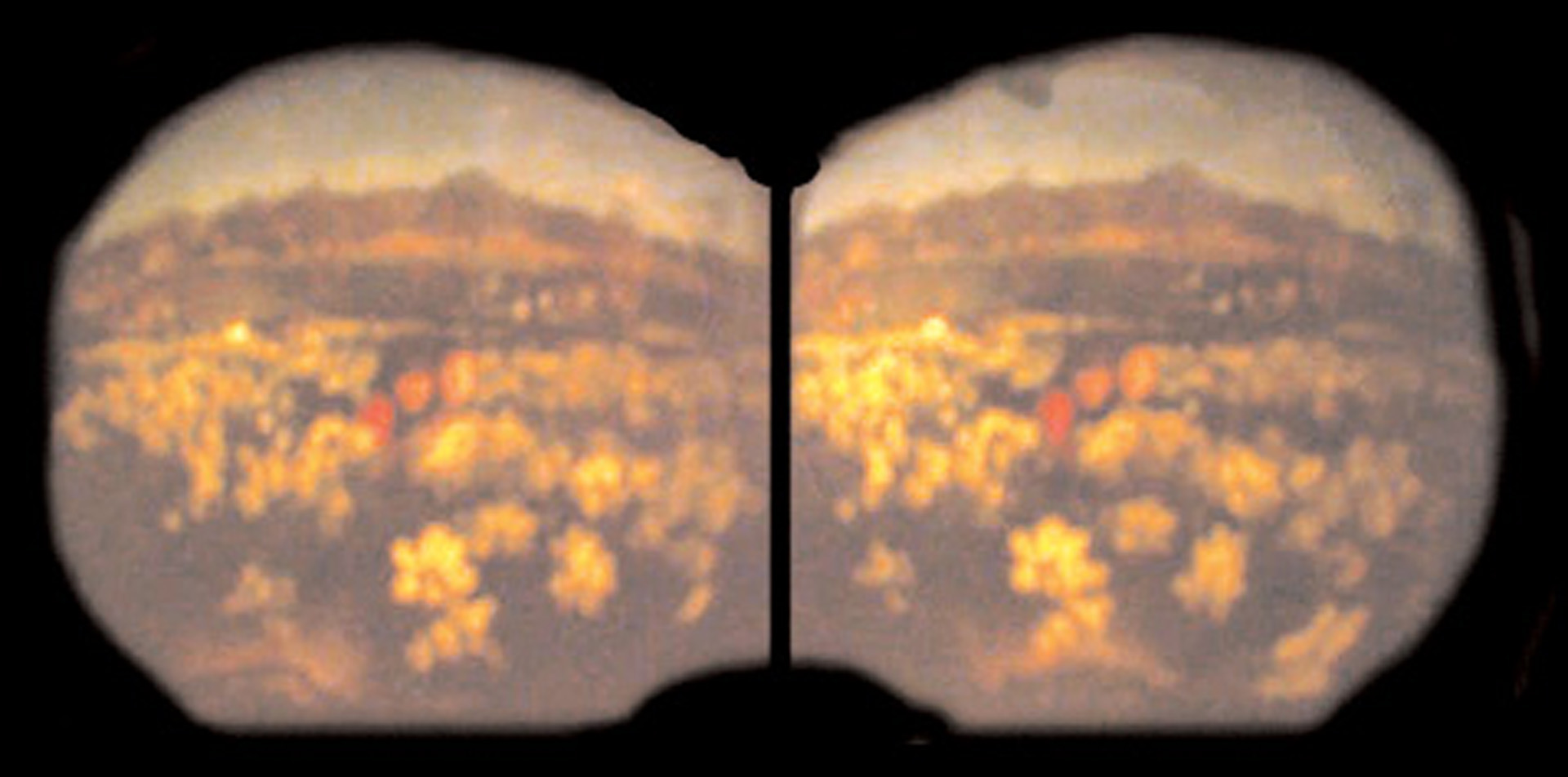“Perceptual tone mapping operators for high dynamic range scenes” by Ledda, Chalmers and Ward
Conference:
Type(s):
Interest Area:
- Application
Title:
- Perceptual tone mapping operators for high dynamic range scenes
Session/Category Title: Color & Focus
Presenter(s)/Author(s):
Abstract:
A major goal of realistic image synthesis is to generate images that are both physically and perceptually indistinguishable from reality. One of the practical obstacles in reaching this goal is that the natural world exhibits a wide range of colors and intensities. The range of the luminances in the real world can vary from 10-4cd/m2 (for starlight) to 105cd/m2 (for a daylight scene). Reproducing these luminances on a cathode-ray tube (CRT) display is currently not possible as the achievable intensities are about 100 cd/m2 and the practical ratio between maximum and minimum pixel intensity is approximately 100:1. At the University of Bristol, we have constructed a High Dynamic Range (HDR) viewer that is capable of achieving a 10,000:1 contrast ratio. This sketch investigates, by means of psychophysical experiments, the benefits such a HDR device has to offer realistic computer graphics.
References:
1. Ayres T., Psychophysical Validation of Photographic Representations, ASME 1996.
2. Debevec, P. E., and Malik, J. 1997. Recovering High Dynamic Range Radiance Maps from Photographs. In procedings of ACM SIGGRAPH’97, 369–379.
3. Tumblin, J. and Hodgings, J. K., Guenter, B. 1999. Two Methods for Display of High Contrast Images. ACM Transactions on Graphics, Vol. 18, No. 1, 56–94.
4. Ward, G. HDRgen software, private communcation, 2001.
5. Ward, G. A Wide Field, High Dynamic Range, Stereographic Viewer. Exponent – Failure Analysis Assoc. (USA)
6. Ward, G., Rushmeier, H. and Piakto, C. 1997. A Visibility Matching Tone Reproduction Operator for High Dynamic Range Scenes. IEEE Transactions on Visualization and Computer Graphics 3, 4, 291–306.





